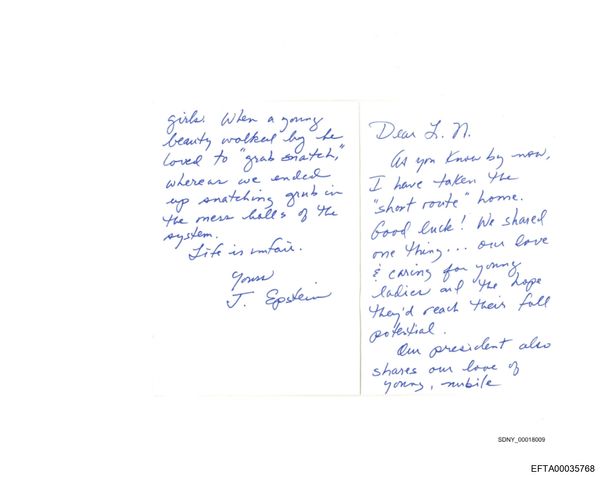
Esha Munshi, an architect based in Ahmedabad, has “breathed birds” as far back as she can remember. She has travelled all over India on birding trips and has, she says, spotted 1,060 of the 1,400 bird species in the country.
But it was at home, during the Covid-19 lockdown in 2020, that she saw an Indian silverbill caught in the protective netting on her balcony, attracting the attention of her cat. Although the bird escaped, some of its feathers were damaged. When Munshi saw the exquisite markings and patterns, she tried to identify the bird, but was struck by how little information there was online.
“Though India is rich in bird life, there is very little data on bird species and their feathers,” she says. “There are collections of birds from before 1970, but after the passing of the Wildlife Protection Act of 1972, ‘round skin’ specimens [the traditional method of preserving dead birds] are not allowed, even for scientific research. Those that are in museums, once the wings are folded and dried up, you cannot see the details of individual feathers.”

Feathers from a red-necked falcon
In November 2021, Munshi teamed up with Sherwin Everett, a vet and curator at an avian hospital in Ahmedabad, to launch the Feather Library website recording the details and images of bird feathers. The hospital treats about 2,000 birds a month. Many have been injured in road accidents and collisions, or during kite festivals, when they get caught in the kite strings. While many recover, some die of their injuries.
“Most rescue centres throw away the dead birds or burn them, and a lot of valuable data is lost,” Munshi says. “By collecting these feathers and documenting them digitally, we have a non-invasive way of getting valuable data. Our vision behind creating the feather library was to display the individual feathers of bird species and their markings, patterns, etc so that in the eventuality of their extinction there is a record for future generations.”
FeatherLibrary.com is the first online collection of its kind in India. It includes details such as the bird’s weight, body length, beak width, wingspan and number of feathers, as well as where the bird was found.


An Indian golden oriole feather, left, and white-throated kingfisher feathers
Preserving the feathers is a delicate process. The dead birds are kept in a freezer for 48 hours to kill pathogens. Then they are sanitised and measurements taken. The wings and tail are cut, injected with spirit and dried. The feathers are counted and logged as primaries, secondaries, tertials (wing feathers) and rectrices (tail feathers). One wing is fully stretched and the tail fanned in dorsal and ventral views.

Feathers of a rose-ringed parakeet
“There are specimens from more than 110 species, from kingfishers to rose-ringed parakeets,” says Munshi. “So far, we have permission to obtain specimens only in the state of Gujarat [but] we have applied for permission in other states such as Karnataka, Arunachal Pradesh, Maharashtra and Assam. This library is a valuable resource for everyone from forest officials to birders, researchers, students and those who do feather transplants.”
There are only a few similar initiatives in the world, including Featherbase, an independent library in Germany set up by scientists and collectors, and the Feather Atlas, an image database managed by the US Fish and Wildlife Service.

Architect Esha Munshi and veterinarian Sherwin Everett, founders of the Feather Library
Munshi and Everett are adding new features all the time to their library, including CT scans and X-rays of the birds for organ and skeletal data. The archive has collected data on rare species such as the sooty tern, white-throated kingfisher and the Indian skimmer.
Having completed a two-year online course in bird biology from Cornell University in the US, Munshi is working with Everett on a newly established charitable trust, with the aim of raising funds to start a laboratory, and perhaps a museum in the future. Until then, they are building the digital library, one feather at a time.
Find more age of extinction coverage here, and follow biodiversity reporters Phoebe Weston and Patrick Greenfield on Twitter for all the latest news and features







